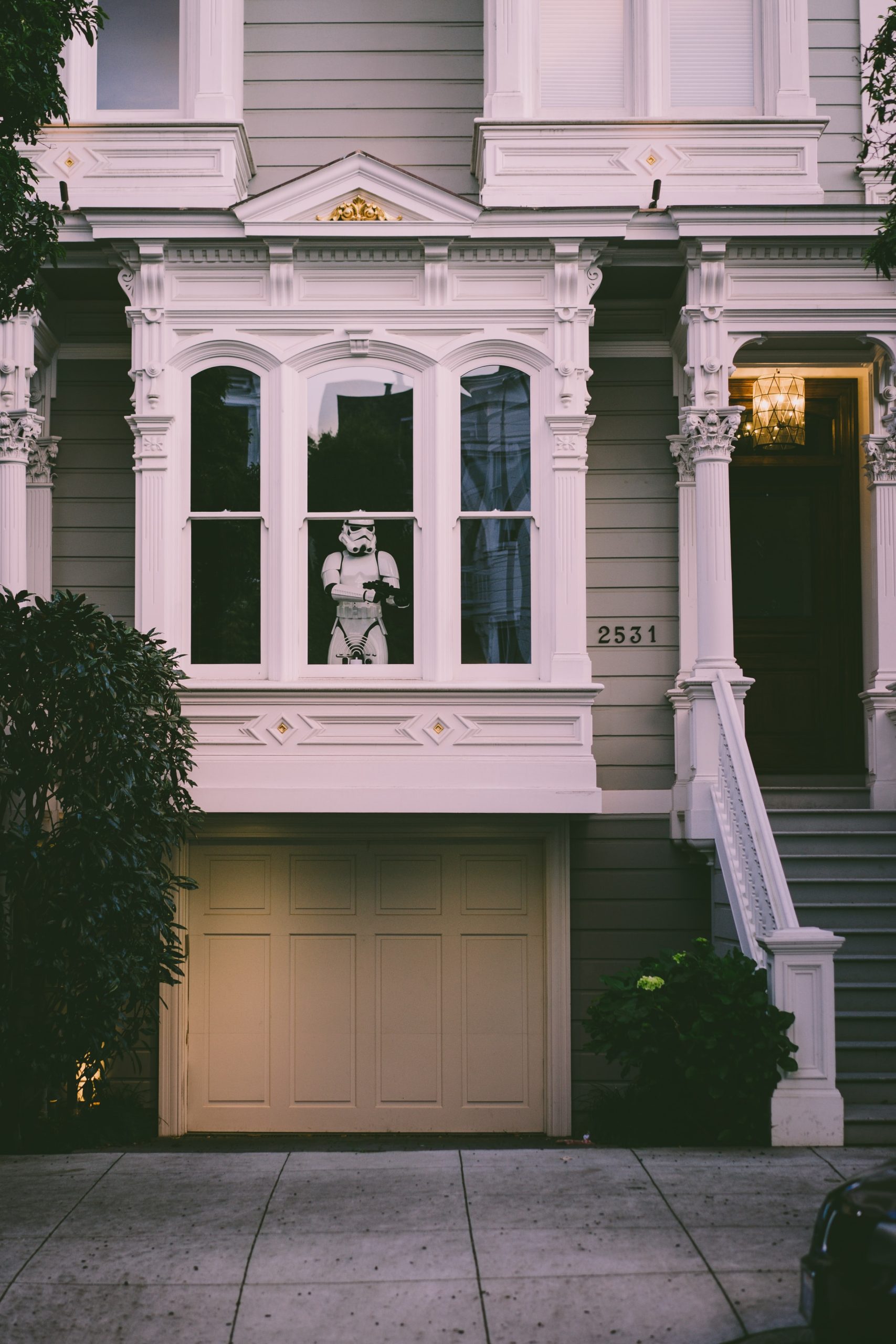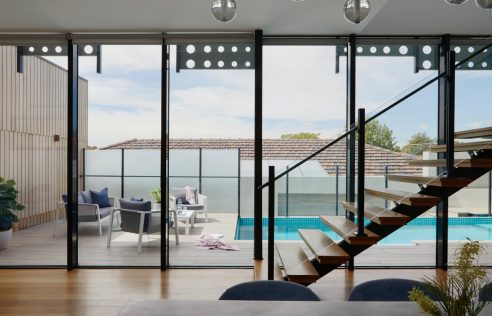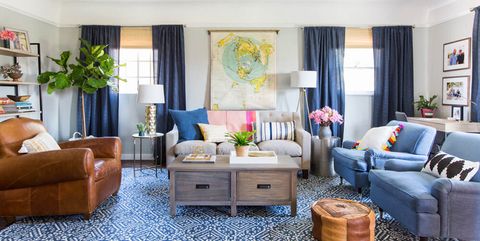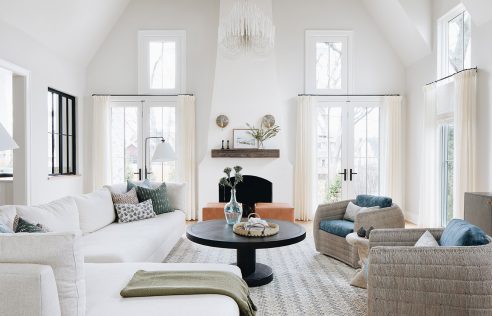The installation or replacement of existing windows and patio doors requires a few checks to ensure that the system is functional and efficient. So, without further ado, let’s dive into this blog and learn some of the things everyone should know about choosing windows for your home.
1. Choosing the right woodwork

The choice of joinery for windows and patio doors is based on a series of criteria that can be more or less decisive depending on the project owner’s expectations: cost, appearance, maintenance, thermal performance, or acoustic insulation. Woodwork made from plastic materials is very competitively priced compared to other materials. PVC also allows all kinds of customization (colors, patterns, finishes) and more or less subtle imitations. This synthetic material does not fear mold and does not require any particular maintenance, apart from a classic cleaning with a cloth.
Light and malleable, aluminum brings a resolutely modern touch to the exterior and interior of buildings. For windows, this metal simplifies maintenance and offers great durability for an average price relatively higher than PVC. Its poor thermal performance can be compensated for by installing a thermal break. A thermal breaker is a structural device consisting of an insulating body and reinforcement. It is specially designed to treat cold spots at the junction of materials.
Wood requires more maintenance, the stain is renewed about every 5 years, and the material presents a risk of mold development, which remains well controlled under normal conditions of maintenance and use. In addition to good glazing, wood contributes to the thermal and acoustic performance of the window. This material is preferred for its nobility, natural properties, and low environmental impact.
2. Compare the performance of glazing and windows
The ability of windows and patio doors to insulate the interior of the home from the outside world depends primarily on the performance of the glazing. Glazed walls have the particularity of transmitting light and solar gain, which contribute to warming the rooms but can also constitute a surface conducive to heat loss if the performance is not up to par.
The more the house is exposed to significant temperature variations, the more the glazing performance will make a difference in terms of comfort and hygiene. For example, with single glazing and a poorly insulated wall, the drop in outside temperatures causes the glazed surface inside the home to cool rapidly. In winter, the rooms are most often heated; the difference in temperature between the ambient air and hot and the cold wall leads to condensation phenomena that promote the proliferation of mold.
Windows with classic double glazing, double glazing with reinforced insulation, or triple glazing are considerably less exposed to these phenomena and contribute to the comfort of the occupants and the home’s overall performance. The thermal performance of a window can be evaluated using the thermal transmittance of the glazing and the overall thermal coefficient of the window.
3. Select the opening mode according to the room and the environment

The most common system in the United States is likely to be an inward opening on a vertical axis. This installation, also known as a French window, has little difficulty integrating into existing buildings or new construction plans. However, other opening methods can be considered, such as the “English” window, which opens outward, or the “Italian” window, which also opens outward, but on a horizontal axis. With the bellows opening, the axis remains horizontal, but the opening is made towards the interior. This last model, combined with the French window, gives a tilt-and-turn window.
In the kitchen, outward-opening windows can be more functional when the window is behind a sink or a work surface. In bedrooms, hinged openings allow for ventilation while reducing the risk of falling, especially in the presence of young children. In these complex configurations and for different requirements, sliding windows are an alternative of choice to the French window. They are space-saving and slide one behind the other or along the wall. Users can set the desired opening width for ventilation without the risk of the window closing in a draft.
4. Anticipate the type of shutter to be installed
Be careful; once the opening mode has been selected, some shutters can no longer be installed. For those who wish to dress the exterior walls of their home with sliding shutters, opting for windows that open outwards is out of the question. The same applies to traditional swinging shutters.
Looking for help?

Ultimately, the choice is yours, but do your due diligence on the matter and choose a blind or window that speaks to you and sparks joy when you see it. You should not only focus on aesthetics when it comes to shutters but also consider practicality and their use.
For all your shutter and window needs, call Persianas y Cortinas now. With years of experience in the industry, their team of experts will advise you on the best shutter to choose for your home, which will fix the aesthetics you are going for. So, why wait? Get the home f your dream with the help of their team of experienced professionals because blinds and shades are their passion!


